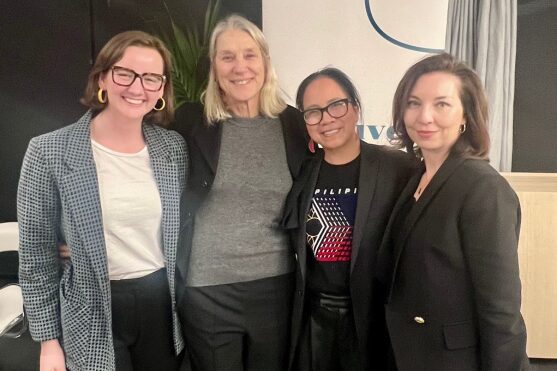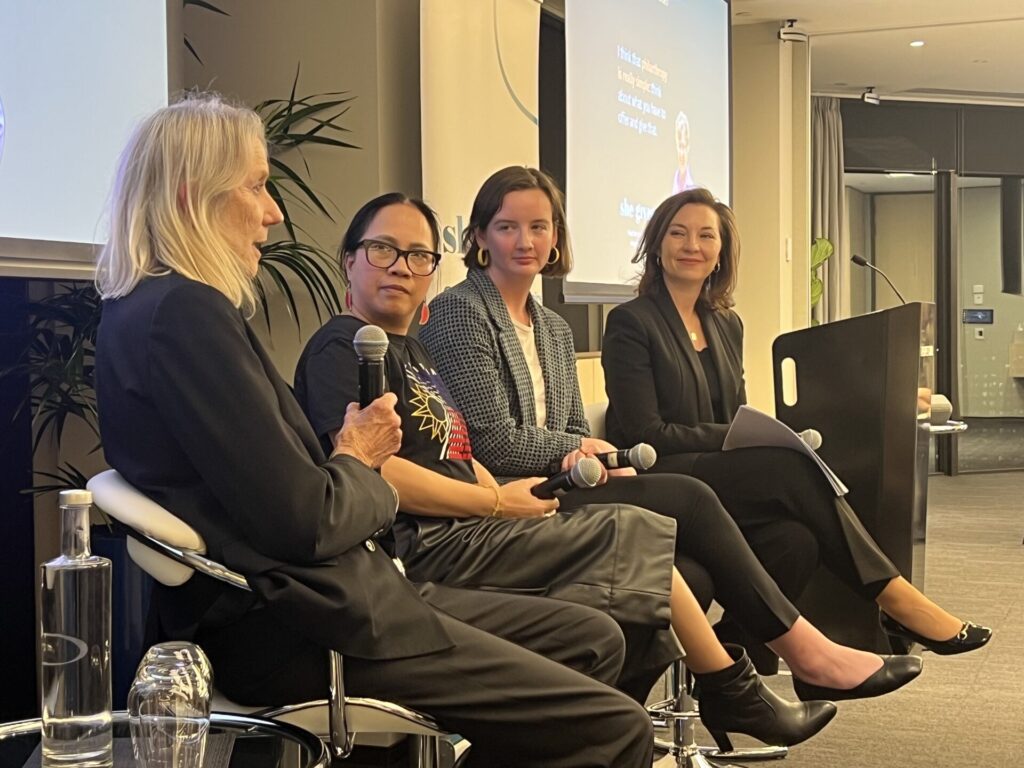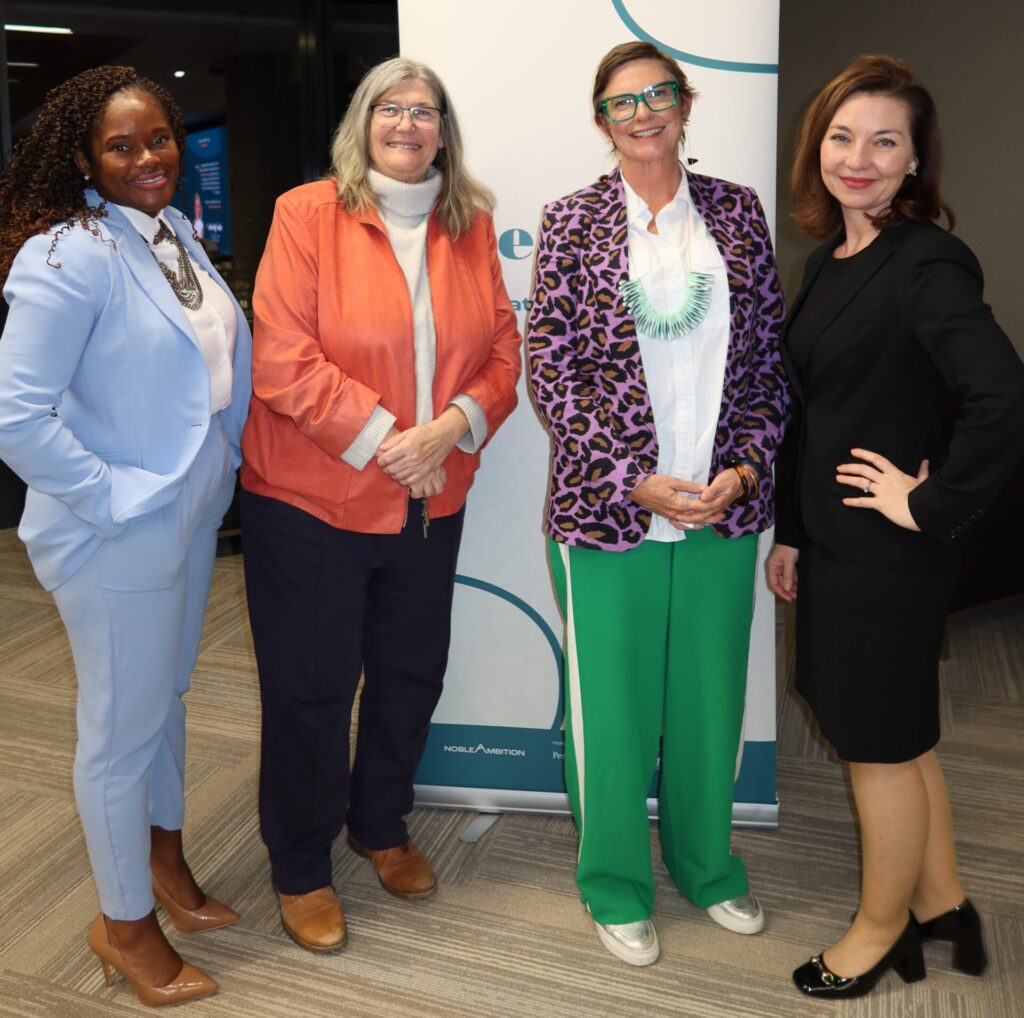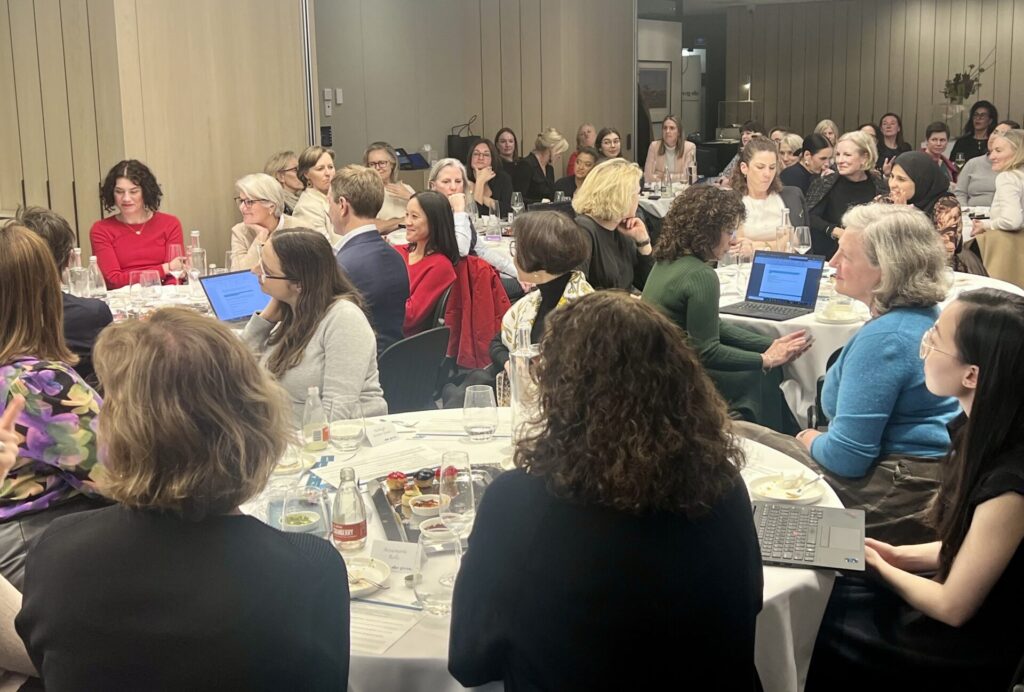She Gives celebrates one year of ‘energy and boldness’ in women’s philanthropy

The campaign to highlight and inspire women’s giving in Australia ‘has resonated with so many women across the country’, said founder Melissa Smith. As the movement marks its anniversary, there are signs that the landscape is shifting to better recognise the catalytic power of women.
Beginning with the “simple” objectives of collecting 100 stories of women who give and producing a research report, the campaign has evolved. Melissa and her team are now focused on collating data from a series of roundtables around the country, the most recent of which was held in Melbourne on 23 July. The research phase of the campaign was launched at Government House in Canberra in November. By the end of September 2025, the campaign will have held roundtables in every capital city and territory to capture insights on women’s giving and help inform the “most extensive research project to date on women’s philanthropy in Australia”.

The report, in collaboration with the Centre for Social Impact at the University of Western Australia, will examine not only how much women give, but what motivates their philanthropy and any barriers or enablers that shape their giving. It will be launched by the Governor General Sam Mostyn at Admiralty House in February 2026. “The report will set up the next stage of the campaign, which is all about action and outcomes, responding directly to what women have told us,” Melissa said.

The storytelling aspect is a vital component. “They’re little gifts of joy and hope, and they have inspired so many women in myriad ways to reflect on their giving and feel like they have a place in philanthropy. It’s resonated with so many women across the country,” said Melissa. The latest story is from Julia Gillard, who said it is “important to emphasise different forms of giving … this broader concept of giving time, talent and expertise is much more inclusive”.
Melissa attributed this inclusive tone to the success of She Gives. “It’s giving at any scale to any cause that accelerates positive social change, and that’s really welcoming. We want people to celebrate and recognise the leadership role women play, and have always played, in giving.”
She Gives has raised the profile of women’s giving through positive media stories. Shortly before She Gives launched, an analysis of the 100 most read articles on philanthropy in the previous 12 months showed 54 focus on men, 32 on organisations or foundations and only 14 on women. A recent comparative analysis showed that the number of stories about women since She Gives launched has almost doubled, with 26 of the latest top 100 high-reach articles focused on a woman in philanthropy, 46 on men and a steady 32 on organisations or foundations.

The campaign has also partnered with the National Library of Australia to ensure female voices become part of the nation’s permanent record on Australian giving, preserving the philanthropic stories of 20 Australian women in a dedicated oral history project.
Advisory Group member and founding campaign partner Paula McLean said: “Women tend to stay in the shadows. I felt like that and was anxious about being public about my giving. But I’ve learned that the stories are so important because they are what inspire people to take action, to get involved and we’re seeing that in real time at these roundtable conversations.

“Women spend their lives giving – to their families and to their communities. In homes and in PAFs and family foundations, women are often the drivers, but don’t necessarily get the credit or want to have the credit for what they’re doing. So, it comes back to connecting all the ways that women give and celebrating what they do.”
Melissa said that early data is echoing overseas research on the ways that women give differently. “The thing I hear most powerfully is a level of energy and boldness around women’s giving that is palpable in Australia right now. And a desire for action, not just talking.

“If we look at how a lot of significant gifts are recognised, there are a lot of names on buildings, and we’re hearing that that is not what necessarily inspires women to give. It’s more about the end impact that women care about.
“Women want to have a deeper level of engagement, either as a volunteer, a board member or a connection to build those relationships. Having a shared vision, shared values and understanding how to achieve those end outcomes is what we’re hearing. Women are keen to have those types of conversations, and we know charities are too, so it’s about giving them the confidence and tools to have those conversations together.
“That’s what we hope to see more and more of, which will ultimately grow giving in this country. And lead to important change.”
Melissa said the campaign is “so big and loud and noisy because of everybody involved. I’d like to say thank you to everybody. We have over 28 sector partners, including Philanthropy Australia – and to all those women who are sharing their stories.”
The report may hint at ways the philanthropy landscape will change as more of the $3.4 trillion in intergenerational wealth moves into women’s hands. “The more public conversations we have about this, the better,” said Paula. “I’m looking forward to the next few years to see how that plays out. But it’s looking very, very positive.”